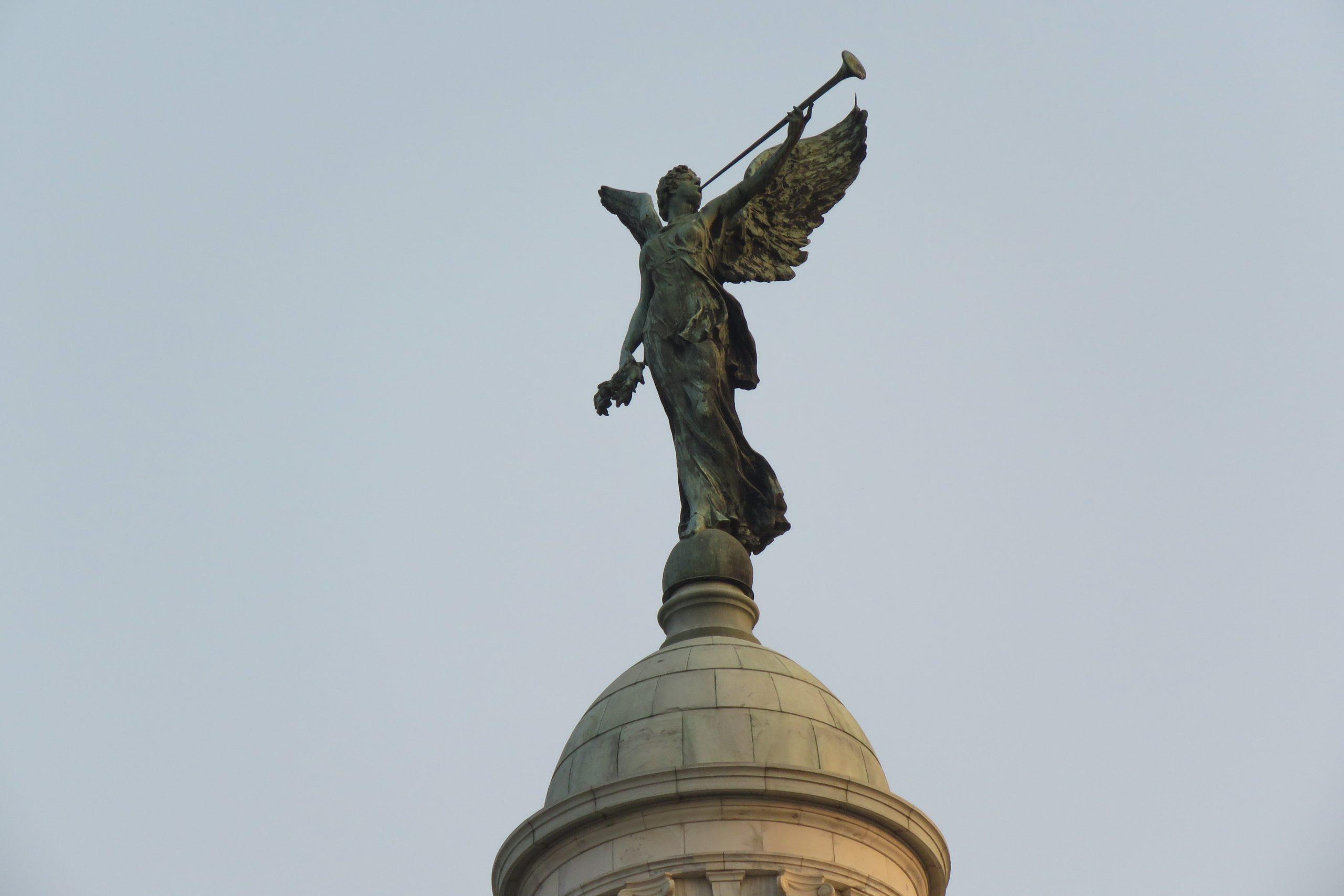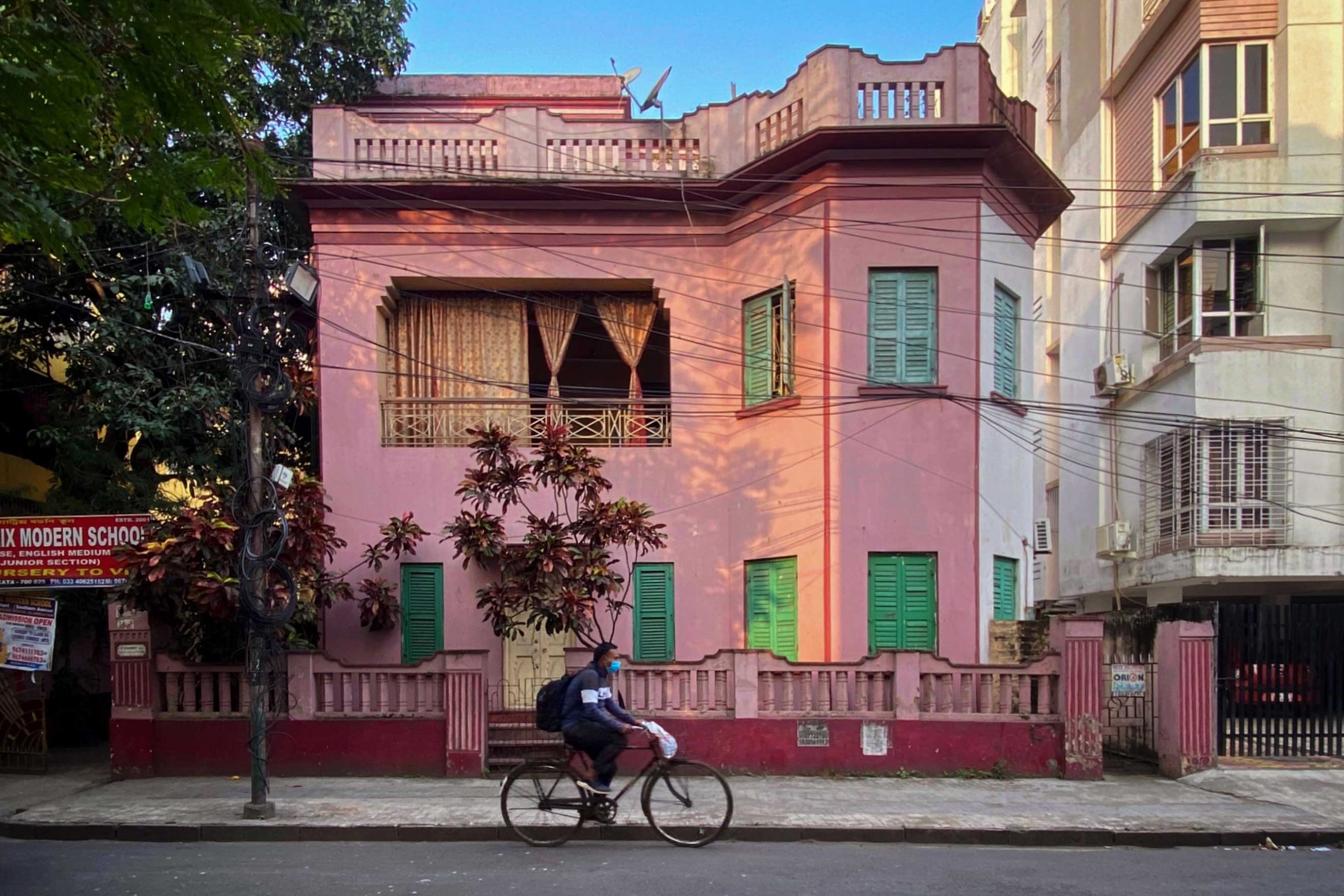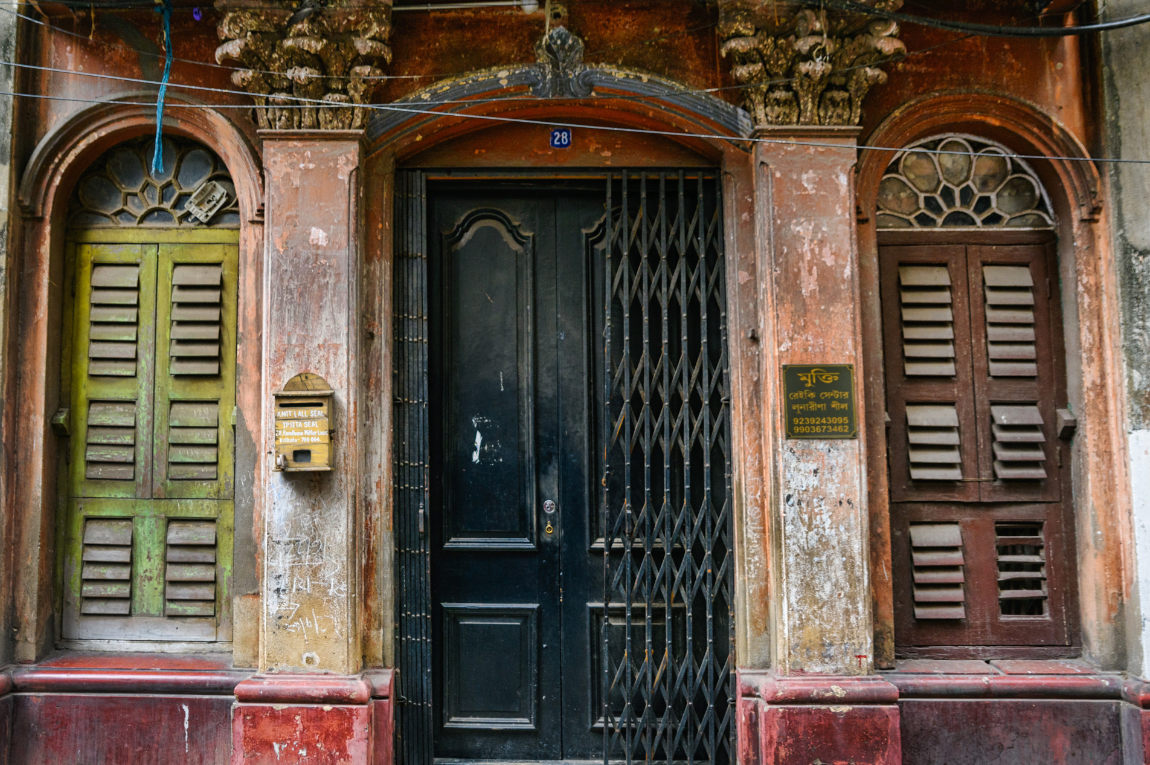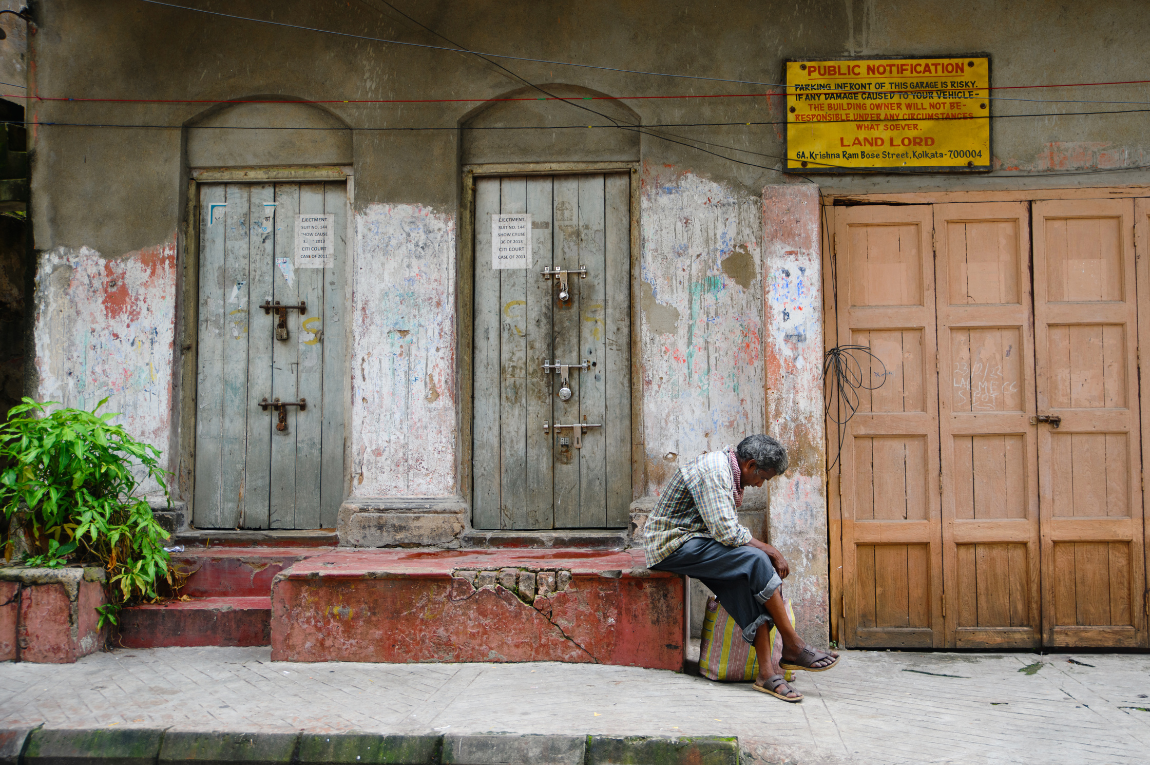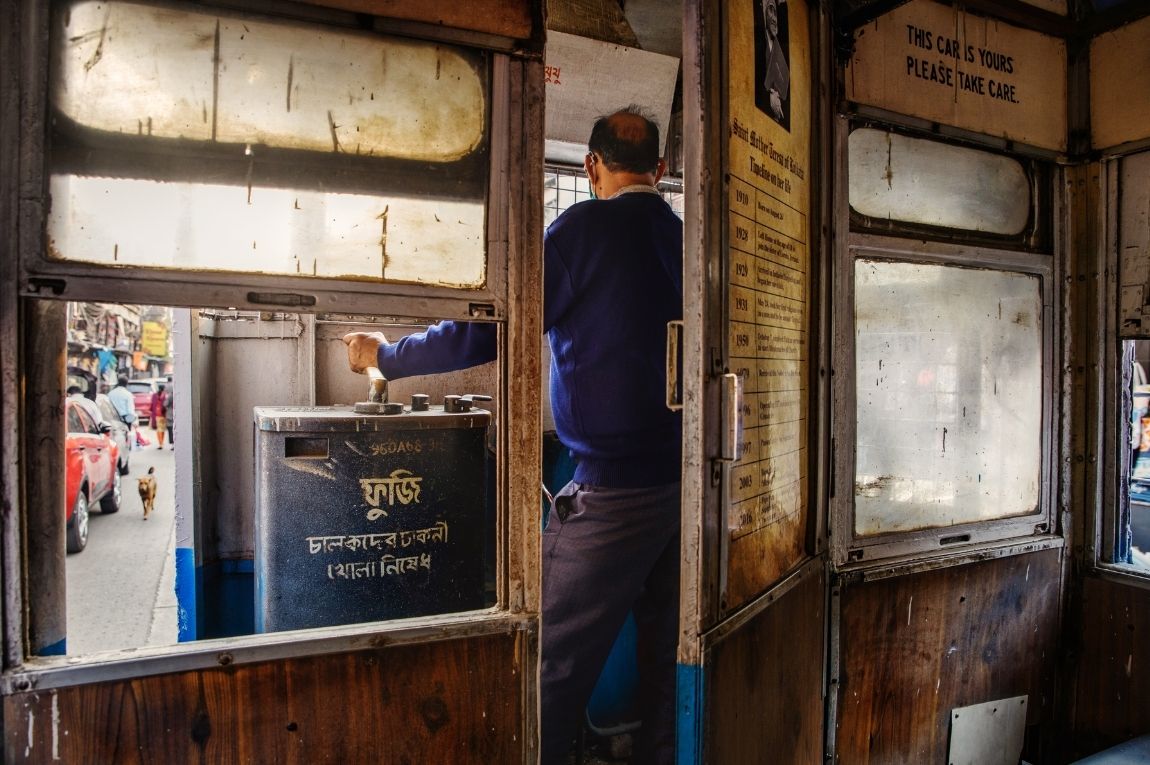When my 65-year-old neighbour, Nitish Kumar Das, went for his morning walk at Kolkata’s Victoria Memorial Hall grounds one Monday in 2018, he stopped halfway through his route through the gardens — the kalo pori (black fairy in Bengali) at the top of the dome looked different. Standing with its unfurled wings, a laurel wreath in its left hand and a trumpet in its right, the figure was turned away from him. Yet, just the day before, and the week before that, it had faced his direction in that very spot. It is then that he realised that it is common for the angel to turn — after all, the figure is a wind vane and a lightning arrester, and there had been a thunderstorm the night before.
The Memorial was conceived following the death of Queen Victoria in 1901 by the then Viceroy of India, Lord Curzon, best known for suggesting the Partition of Bengal. He envisioned the Memorial in the Italian Renaissance style of architecture. The Taj Mahal also provided inspiration for British architects William Emerson and Vincent Esch. Predominantly designed in the Classical style, the inclusion of indigenous elements makes it one of the finest examples of Indo-Saracenic architecture. The final structure, made in Makrana marble like the Taj, includes indigenous features like the grand central dome, jaalis in the arches, and four octagonal domed chhatri pavilions in the corners.
Standing high atop the central dome, the Angel of Victory, 16 feet high and three tonnes in weight, is the cherry on the cake. Like the Queen the Memorial is dedicated to, she is also called Victoria, the Roman goddess of victory, a counterpart to the Greek Nike. Created by British sculptor Lindsay Clarke, the Angel was shipped from Cheltenham, England to India in 1920, eight years after the Memorial was inaugurated. On Roman coins and monuments like the Victory Column in Berlin, Germany, she is commonly depicted as a messenger to establish victory, and also a symbol of peace that would follow. Here too she was to be a mark of British ascendancy over Bengal, but by the time the Angel assumed her perch on the Memorial in 1921, Calcutta was already a city of lesser importance to the British — the capital had shifted to New Delhi.
It was almost 60 years later, some time in 1978, that the Angel was first discovered to have stopped turning. The Memorial’s trust announced a whopping ₹10,000 award to anybody who could repair it. Applications poured in from local maistries and companies, and even foreign experts. Finally, Jessop and Company, which claimed to be the oldest engineering company east of the Suez, founded in 1788, was picked for the job. They found that the mercury from the structure was missing. It is this liquid metal that keeps the heat produced by a lightning strike from welding the ball bearings — meant to keep the angel turning — together. Now, the mercury in the pod inside the figure must be replenished regularly to keep her running. If stuck, the bearings can not only make the Angel stop turning but also tilt the shaft, causing a strain on the dome that may result in severe damage. It is due to this dangerous possibility that in 2006, the Calcutta High Court observed that ‘the angel must rotate’. Some experts say that the Angel is no longer capable of rotating, but the staff at the Victoria Memorial Hall tell me that it surely does.
Looking up at the Memorial building, one might wonder why it would need a lightning arrester — stately as it may be, it just doesn’t seem tall enough to be in danger from thunderbolts. Structures much taller than it are now scattered around the nearby Chowringhee Lane, the business district of Kolkata. At a mere 61 metres, the Victoria Memorial Hall may now be dwarfed by these behemoths, but when erected, it was the tallest structure in the city. Standing amidst a sea of green, and the Maidan next to it, it still takes a few hits every monsoon. As the changing climate increases the number of lightning strikes in Kolkata, the Angel of Victory will likely have to fend off far more blows.
Peeking at the resplendently lit Memorial building from the Maa flyover on my way home every night, my eyes never fail to seek out the Angel, in hopes that it continues to rotate.
Find your way to the Victoria Memorial Hall in Kolkata, West Bengal via Google Maps here.
Our selection of stays across India, best visited for their design and style. Check in
